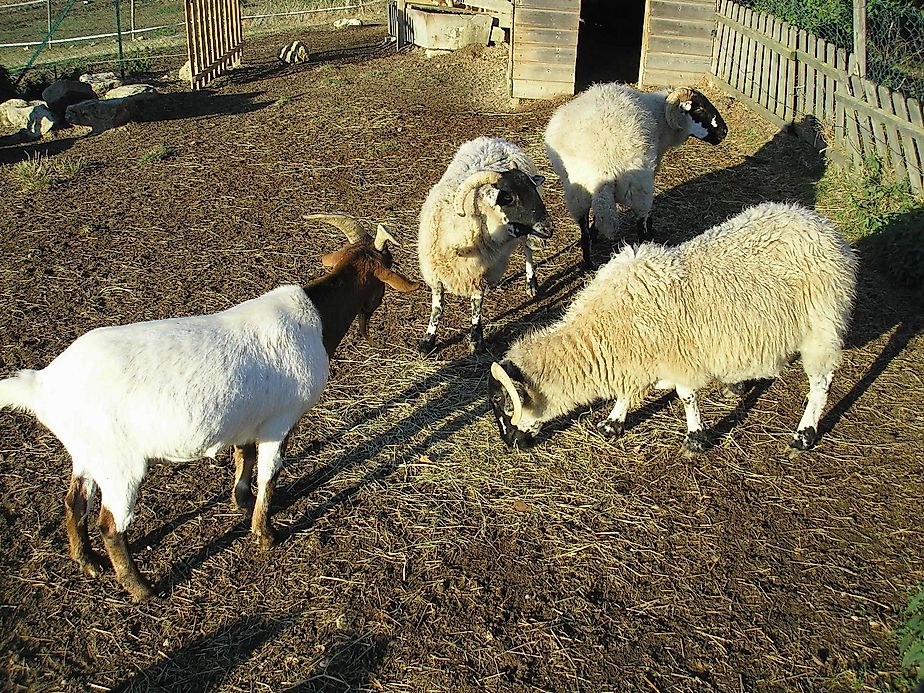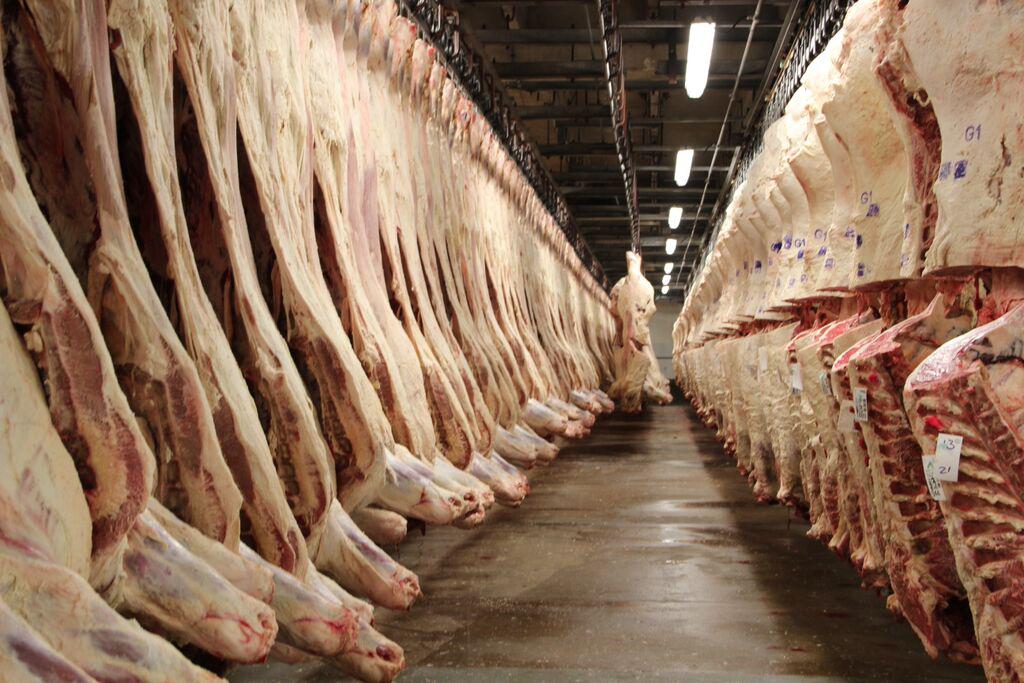
In terms of water footprint, a lot of water is needed to produce meat in intensive factory farms (taking into account the amounts necessary to raise animals and irrigate the fields in which their feed is grown). The unabsorbed nitrogen pollutes the environment: It is washed into rivers and leaches from the soil into groundwater, contaminating sources of water.Ģ3% of the fresh water available on the planet is used for livestock farming. The largest use of reactive nitrogen in Europe is to make fertilizers used to grow fodder crops for animals. The excess of reactive nitrogen needed to grow crops damages the soil, water, and air. Intensification means more irrigation, which leads to salinization and reduces soil fertility. The heavy machinery used in monocoltures compacts the soil. In the EU, 45% of soils are degraded in terms of levels of organic matter. The need to produce huge quantities of feed has led to the intensification of crop production. For every 100 calories that we feed to animals in the form of crops that are edible for humans, we receive, on average, just 17–30 calories in the form of meat. Over 30% of global croplands are used to produce feed for livestock: In the European Union the figure is higher, with 60% of EU cereals being used to feed animals.įeeding cereals to animals is inefficient. So, one fifth of the original Amazon region has been deforestated for animal husbandry.įeed is made from intensively farmed crops that require pesticides and chemical fertilizers that destroy biodiversity in the soil, reducing fertility over time.

The biggest problem is cattle farming: In Brazil, home to the world’s second-largest herd of cattle, more than 60% of deforestated land is destined to become pasture. These countries produce cheap soy and maize to feed the intensive farms in the Global North.

Monocultures of soy and maize for feed production are growing in the Global South, particularly in Argentina and Brazil. This crops are located thousands of kilometers away from animal farms, so the climate cost of transporting feed is very high. Out of all the soy cultivated in the world, 82% is genetically modified. The biggest producer in the world is Brazil, followed by the United States and Argentina.

Since 1995, the global area planted with monocultures of soybeans has increased by a third, and is now 90 million hectares, three times the size of Italy. Soy, an energy-rich legume, has become an important part of the diets of cattle, pigs, and poultry. In addition, because they are ruminants, cattle emit methane (CH4), which is 30 times more potent than CO2 as a greenhouse gas.Ī third of the world’s cultivated land is used to grow a billion tonnes of feed, mostly soy and maize. Huge, concentrated volumes of manure cause pollution. Standard industrial farms in particular have a big impact on the environment for many reasons: The livestock sector is one of the main sources of greenhouse gases, generating 14.5% of total greenhouse gas emissions (more than the transport sector, which contributes 13% of emissions).



 0 kommentar(er)
0 kommentar(er)
